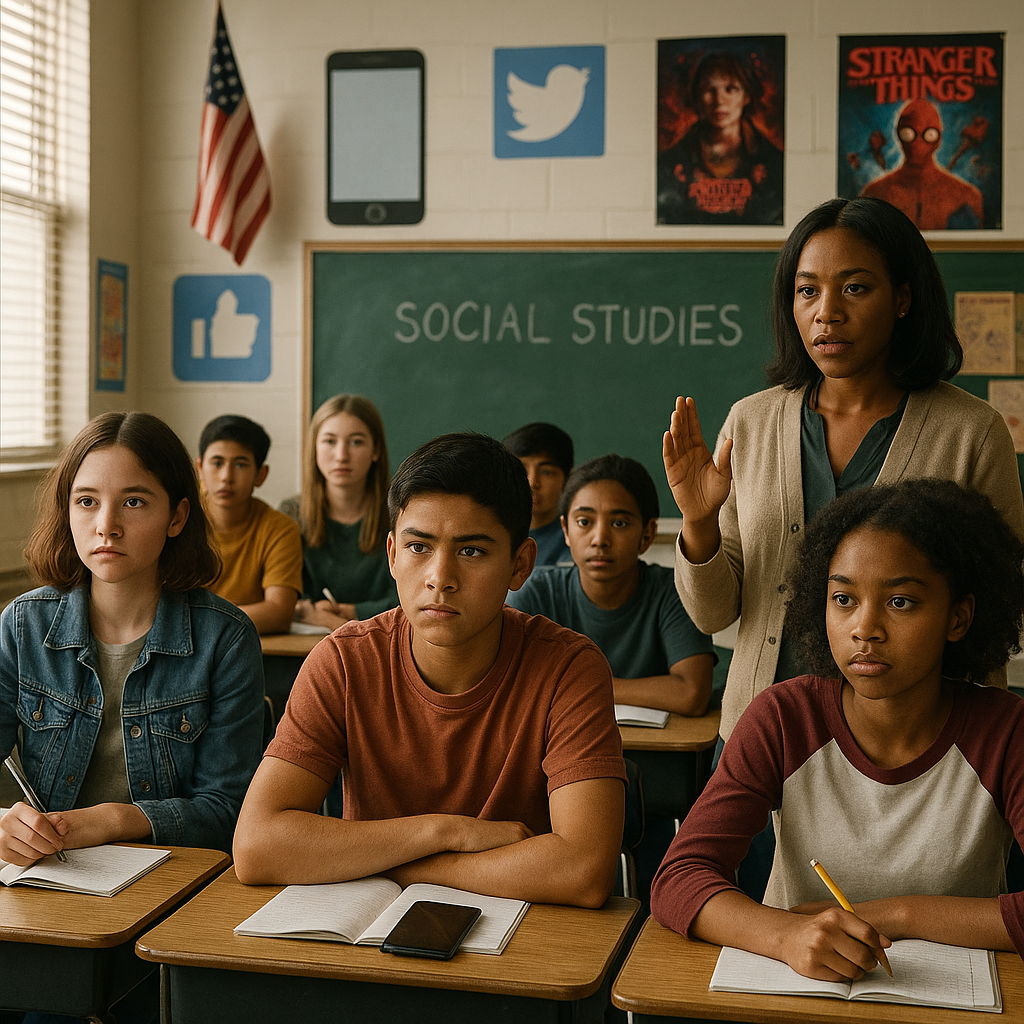
Education policy is designed to guide schools, ensuring equity and academic rigor. Yet classrooms don’t exist in isolation. Today’s students face constant cultural distractions from smartphones to social debates that challenge the learning environment. This blog explores the intersection of education policy and cultural distractions in shaping modern schooling.
How Education Policy and Cultural Distractions Shape Learning Environments
Education policies define curriculum, funding, and expectations. However, policies written without considering the cultural forces influencing students risk becoming outdated or ineffective.
Cultural Distractions in the Classroom
Technology and Social Media
Smartphones, TikTok, and gaming apps compete for attention daily. While technology can enhance learning, unchecked use can derail focus and academic performance.
Pop Culture and Peer Influence
Music, fashion, and social trends filter into classrooms. Teachers often battle against students’ desire to stay updated with cultural trends instead of academic lessons.
Political and Social Division
Broader debates on identity, equity, and politics spill into schools. While these conversations can enrich education, they also risk overshadowing core academic goals.
Aligning Education Policy and Cultural Distractions with Reality
Building Adaptive Policies
Policies must evolve with cultural realities. Rules ignoring how students actually live and communicate especially online rarely succeed.
Supporting Teachers Amid Education Policy and Cultural Distractions
Teachers are frontline managers of distraction. Policies should equip them with digital tools, classroom strategies, and training to redirect student attention.
Encouraging Parent and Community Involvement
When parents, communities, and schools work together, they create balance between academic goals and cultural pressures. This unified support boosts student engagement and minimizes distractions.
Moving Forward: A Balanced Approach
Cultural distractions won’t disappear. The challenge is designing policies that prepare students to filter, prioritize, and think critically in a world full of competing voices. By adapting education policy to modern realities, schools can empower students to thrive academically and socially.
Related Reading & Resources
Internal Links:
External Links: